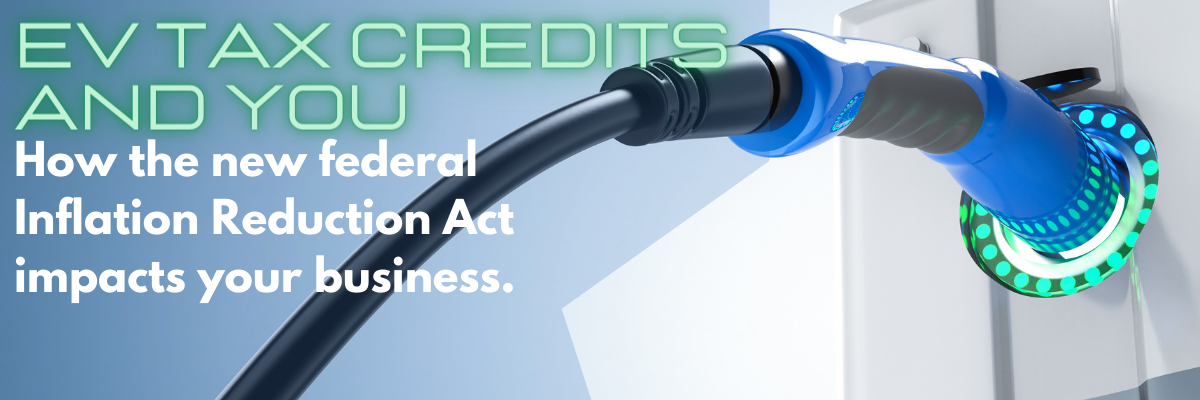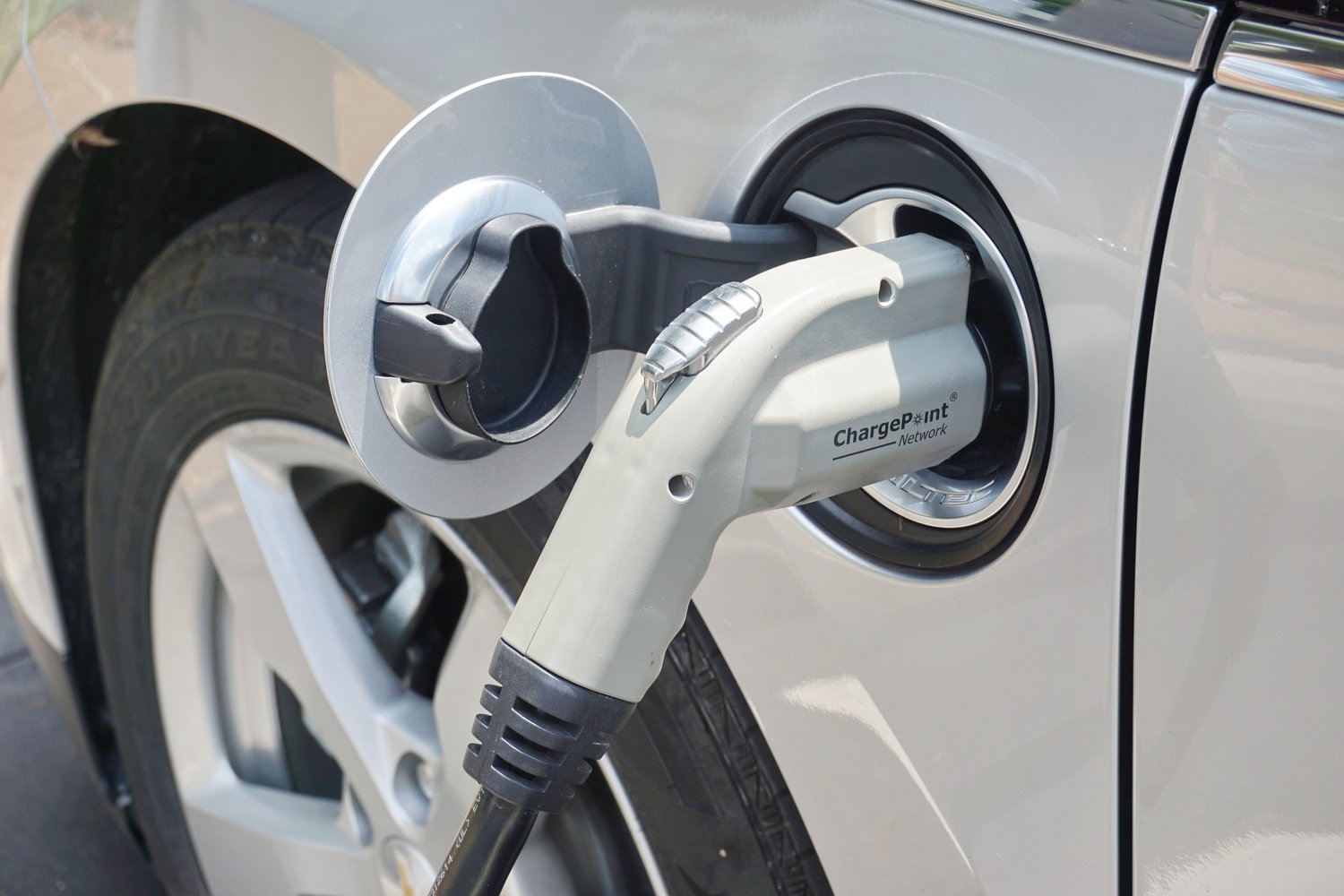
Which EVs qualify for the tax credits?
In order for EVs to qualify for the tax credit, final assembly of the vehicle must occur in North America. Dealers can enter a Vehicle Identification Number (VIN) into an online application from the U.S. Department of Transportation to determine such eligibility.
August 17, 2022
So, what’s in this new EV tax credit legislation signed by President Biden?
The “Inflation Reduction Act" is a $750 billion tax-and-spend bill that includes a complete revamping of the Section 30D federal electric vehicle (EV) tax credit. The legislation was passed by the Senate and House last week. There are immediate impacts to your cars on your lot that you need to know about.
 Beyond that, VADA’s Anne Gambardella, Esq., General Counsel and Executive Vice President, has gone through details and analysis and came away with this rundown on the two credits and updated battery requirements.
Beyond that, VADA’s Anne Gambardella, Esq., General Counsel and Executive Vice President, has gone through details and analysis and came away with this rundown on the two credits and updated battery requirements.
Tax Credit 1: $7,500 tax credit for new electric vehicles
- Income requirements: Married couples don’t qualify for the new-vehicle credit if their modified adjusted gross income on a joint tax return exceeds $300,000. The limit is $150,000 for single tax filers.
- Vehicle price requirements: Individuals don’t qualify for the tax break if their van, sport utility vehicle or pickup truck costs more than $80,000. There’s a $55,000 sticker-price limit for other vehicles. For perspective, the average sticker price for a new electric vehicle in June was about $67,000 — roughly $19,000 more than the industry average for all new vehicles, according to Kelley Blue Book.
- Vehicle qualifications: There are also limits that apply to where the car was manufactured and the sourcing of battery and other vehicle components. The intent is to accelerate development of domestic supply chains and U.S. manufacturing of clean vehicles but may limit the tax break’s availability in the near term as auto companies adjust. The Alliance for Automotive Innovation, a trade group, said it would take a few years for the vehicles available today to qualify for the full consumer incentive.
Tax Credit 2: $4,000 for used electric vehicles
The bill also creates a tax credit for used versions of clean vehicles. Buyers could get $4,000 or 30% of the sale price, whichever is less.
- Income requirements: Consumers qualify if their modified adjusted gross income is less than $150,000 for married couples or $75,000 for single filers.
- Vehicle price: The sale price can’t exceed $25,000.
- Sale qualifications: Buyers only get the credit if it’s the first sale of the used vehicle. They can also only get the credit once every three years.
- Vehicle qualifications: The car model must be at least 2 years old.
Battery requirements
The legislation's sourcing requirements break up battery components into two different categories: mineral and non-mineral.
- At least 40 percent of non-mineral components must be sourced in either North America or from one of the 20 countries that the U.S. has entered into a free trade agreement with by 2023.
Come 2029, 100 percent of all materials must be sourced from these origins.
- On the battery mineral front, at least 40 percent of the minerals sourced for the battery cells must be sourced from North America or the same free trade countries described earlier in 2023. This volume also increases year over year until it reaches 80 percent in 2027.
To make things even more complicated, starting in 2025, any vehicles that have minerals sourced or processed from locations that the U.S. have deemed “countries of particular concern”—namely, China and Russia—would become immediately ineligible. This could be alarming and potentially disruptive for automakers that have parent companies or assembly locations in China, such as Polestar.
Questions? Reach out to Anne at agambardella@vada.com.
